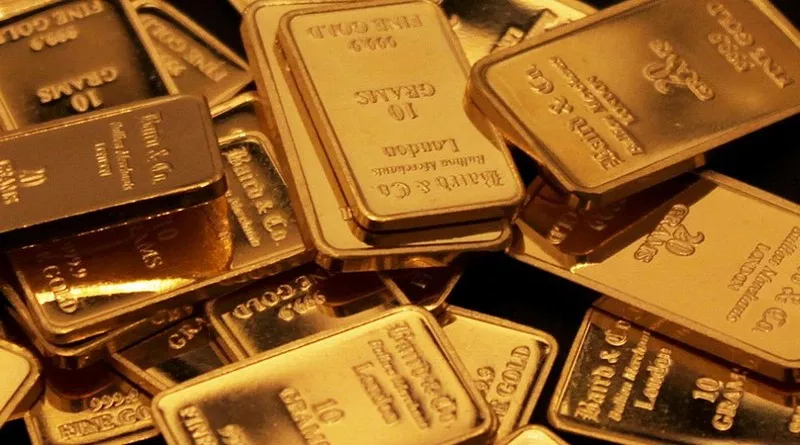Gold prices displayed a modest uptick on Tuesday, as the recent rally in the U.S. dollar and Treasury yields exhibited signs of slowing down. This easing comes just ahead of pivotal inflation and job-related data releases scheduled for this week, events that are poised to shape the future trajectory of interest rates.
Spot gold experienced a 0.2% climb, reaching $1,922.50 per ounce by 0814 GMT. The precious metal lingered near its highest point since August 10, a milestone it reached on the previous day. Correspondingly, U.S. gold futures also demonstrated a 0.2% gain, marking a value of $1,950.30.
Gold prices have seen an increase in short-covering activities by speculators. This trend is attributed to the successful breach of a minor resistance level at $1,907, which coincided with the 200-day moving average. Kelvin Wong, a senior market analyst at Asia Pacific’s OANDA, highlighted this development.
Aided by these factors, the U.S. dollar experienced a dip against a selection of major currencies. In tandem, benchmark U.S. 10-year Treasury yields pulled away from the peak levels achieved last week in 2007.
The inverse relationship between a weakened U.S. dollar and gold comes into play, as a decrease in the dollar’s strength renders gold, an asset that does not yield interest, more cost-effective for holders of alternative currencies.
Federal Reserve Chair Jerome Powell’s recent statements have underscored the ongoing battle against inflation. This has sparked renewed interest in the potential revival of the stagflation playbook scenario. As a result, gold is gaining attraction as an asset for diversification.
Among the plethora of upcoming U.S. economic data releases, significant attention is directed towards two pivotal aspects. Firstly, the focus is centered on the PCE price index, which stands as the Federal Reserve’s preferred metric for gauging inflation. This data is scheduled for release on Thursday. Additionally, the non-farm payrolls report, set for unveiling on Friday, is expected to generate substantial investor interest.
Analysts at Heraeus speculate that with elevated interest rates, consumer spending is likely to decelerate, potentially leading to an impending recession. This scenario could prompt a decline in bond yields and a weakened dollar, potentially triggering a rebound in gold prices.
SPDR Gold Trust, recognized as the world’s largest gold-backed exchange-traded fund, reported a 0.3% increase in holdings on Monday, indicating growing interest and investment in the precious metal.
In separate developments, the value of spot silver experienced a decrease of 0.2%, settling at $24.22. Similarly, platinum exhibited a marginal decline of 0.2%, reaching $962.23. Notably, platinum maintained its position in close proximity to the highest level observed within the past month. Palladium, however, experienced a decrease of 0.4%, reaching a value of $1,248.80.
As market dynamics shift, the intricate interplay between economic indicators, interest rates, and currency valuations continues to shape the landscape of precious metals trading. Investors remain attuned to these factors, as they impact the positioning of gold and other precious metals within the global financial landscape.


